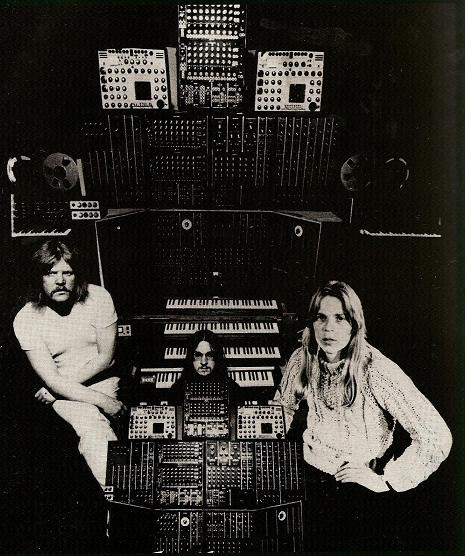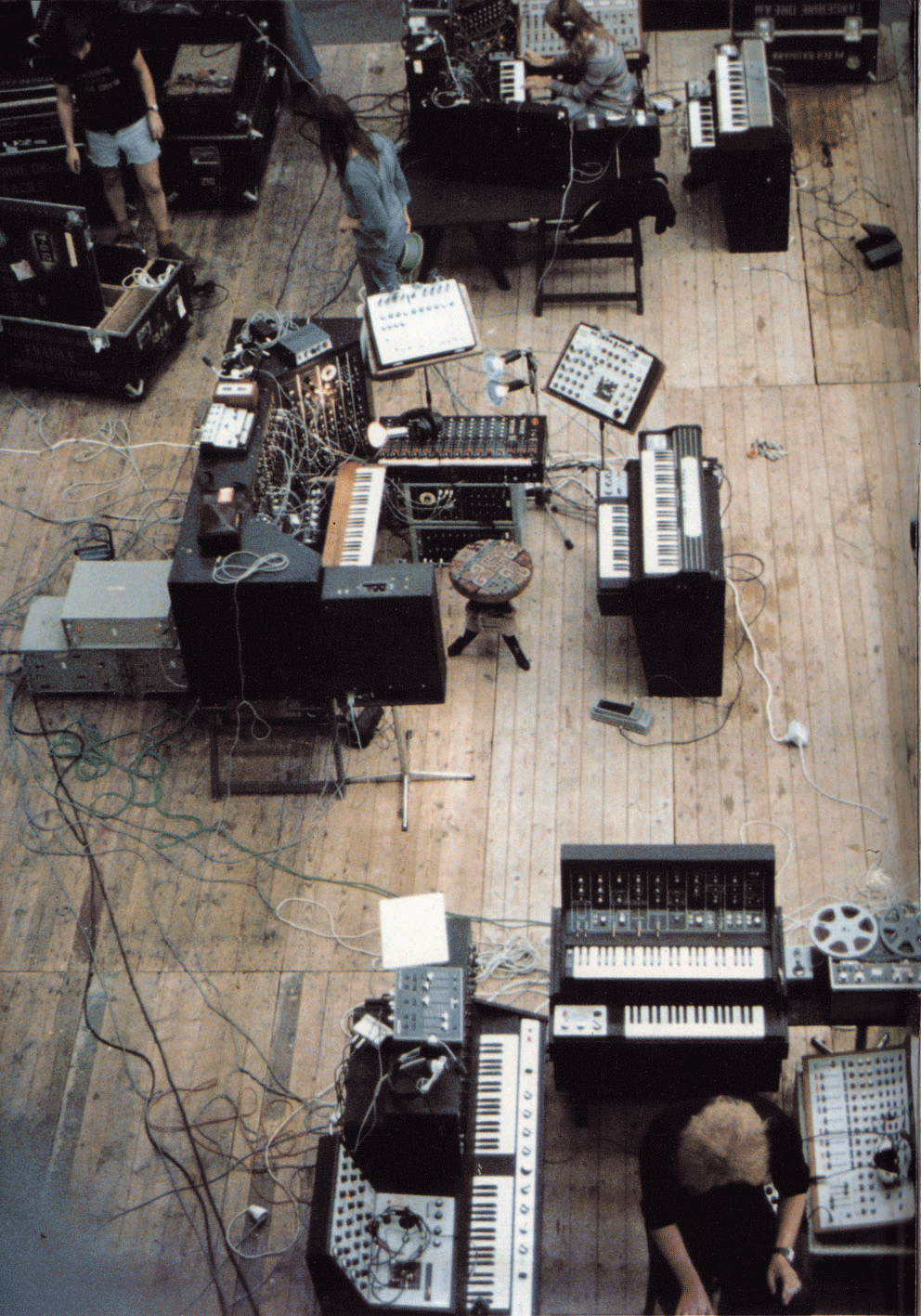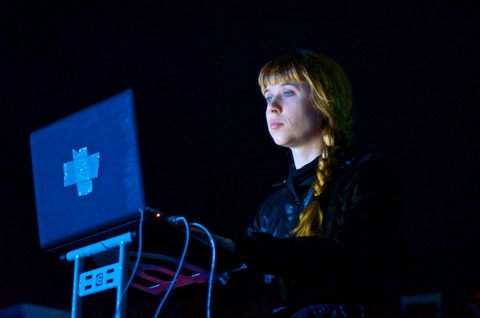On the October 2006, Peter Aidu (one of the most highly acclaimed modern pianist in Russia) performed the legendary Steve Reich’s composition Piano Phase with an absolutely unique technique. While playing on two pianos, with a left hand on one instrument and the right hand playing separately on the second piano, Peter was recreating the sounding of two performers! This tremendous performance was accurately recorded, and now is available exclusively from top-40.org.
More in this Internet Archive page from which you can also download it in ape or mp3 format.
Io non sono un fan della musica minimale, però questo Piano phase di Steve Reich del 1967 è importante e coinvolgente. Si tratta del primo brano totalmente strumentale in cui Reich utilizza la tecnica del phasing, fino ad allora usata solo in elettronica.
Il phasing può essere descritto semplicemente come il suonare due frasi identiche con leggere differenze metronomiche (l’una appena più veloce dell’altra). Di conseguenza le due frasi dapprima suonano all’unisono. Poi, quando la differenza è ancora molto piccola, si ha una strana percezione, come se le note si allungassero o avessero un riverbero. In seguito la differenza diventa chiaramente percepibile: la melodia si sdoppia anche come numero di note (2 note nel tempo di una). Infine la melodia ritorna in fase, ma mentre un pianista suona la prima nota, l’altro suona la seconda: abbiamo così dei bicordi al posto dell’unisono iniziale.
In questo brano il processo continua attraverso vari stadi di fase e controfase, fino a quando i due pianisti sono sfasati al punto in cui la prima nota dell’uno si sovrappone all’ultima dell’altro. Così una frasetta di 12 note genera un brano di circa 20 minuti.
Fino ad oggi, il brano era per due pianoforti e due pianisti in primo luogo perché le note sono le stesse e in secondo luogo perché, pur essendo la frase molto facile, sembrava impossibile che una persona sola potesse suonarla a due velocità di poco diverse. Invece in questa esecuzione dell’ottobre 2006, il russo Peter Aidu fa tutto da solo, creando i due flussi sonori con le due mani su due pianoforti (e candidandosi per il premio schizo). Scherzi a parte, quello che fa è neurologicamente pazzesco, anche perché, mentre i due pianisti usano entrambi la destra, lui non può).
Steve Reich – Piano phase (1967) – Peter Aidu, 2 pianos.
Se con il link di cui sopra non riuscite a sentirlo, cliccate qui per un mp3.
Da qui potete anche scaricarla sia in mp3 che in formato ape.




